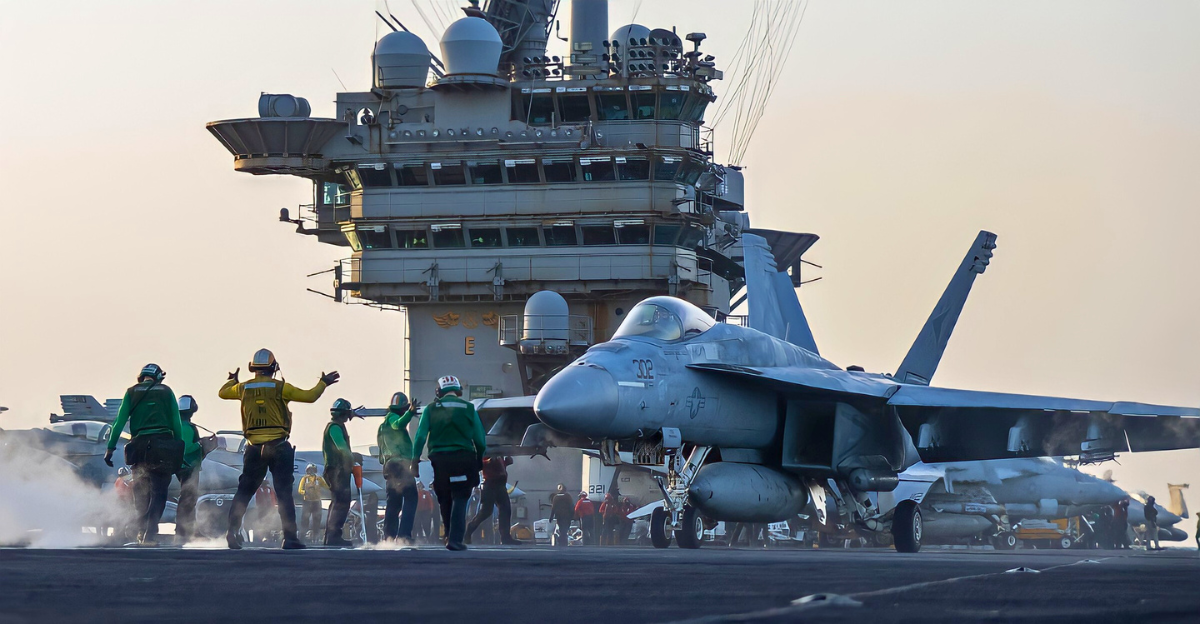
By combining stealth, speed, and surprise in a single platform, the idea of launching Mach 3 fighter jets from underwater submarines represents an ambitious advancement in defense strategy. Although this concept is reminiscent of Cold War ideas, it has been revitalized by advancements in drone systems, materials, and propulsion technology. An undersea sub-based fighter launch capability, in contrast to conventional carriers, provides unmatched stealth and worldwide reach, posing a threat to adversaries before they can detect or retaliate.
An engineering marvel that has yet to be accomplished, Boeing’s historic AN-1 design called for a nuclear-powered submarine that could launch eight vertical takeoff jets at Mach 3 using rocket sled launch systems and potentially tail-sitter vertical landings. In the face of growing great power competition, the U.S. Navy’s renewed interest indicates an evolution in strategic deterrence.
Historical Background

During the Cold War, the U.S. Navy experimented with submarine aircraft carriers like the AN-1, which showed conceptual feasibility but never made it past the drawing board. These submarines were built to launch rapidly upon surfacing and could carry nuclear payloads and vertical takeoff jets that could reach supersonic speeds.
In an effort to increase strike reach without depending on detection-prone surface carriers, aircraft such as Boeing’s proposed dagger-shaped fighter with Mach 3 capabilities pushed the boundaries of aerospace engineering. However, the concept was abandoned due to high costs and technological limitations, as well as the maintenance burdens associated with complex launch-and-recovery systems. At the same time, aircraft carriers and missiles dominated strategic thinking, submarines forced to surface jeopardized stealth.
Convergence of Technology

Considerable technological advancements since the 1950s have contributed to the current revival of undersea aircraft launch concepts. What was once science fiction is now possible thanks to miniaturized avionics, compact vertical launch systems, advanced propulsion, and modern composite materials. Furthermore, there are tested ideas for quick, covert deployment of uncrewed aerial vehicles (UAVs) that can fold and take off from missile tubes. A modular future is suggested by DARPA’s recent work on reusable drone aircraft that are launched from submarines.
Hypersonic propulsion and stealth technologies have advanced, providing unparalleled speed and the ability to launch surprise attacks. Further lowering risks from surfacing are developments in automated launch systems and gyrostabilized recovery mechanisms. Together, these developments point to a workable, upgradeable platform that gives underwater submarines revolutionary aerial strike capabilities.
Strategic Advantage: Surprise and Stealth
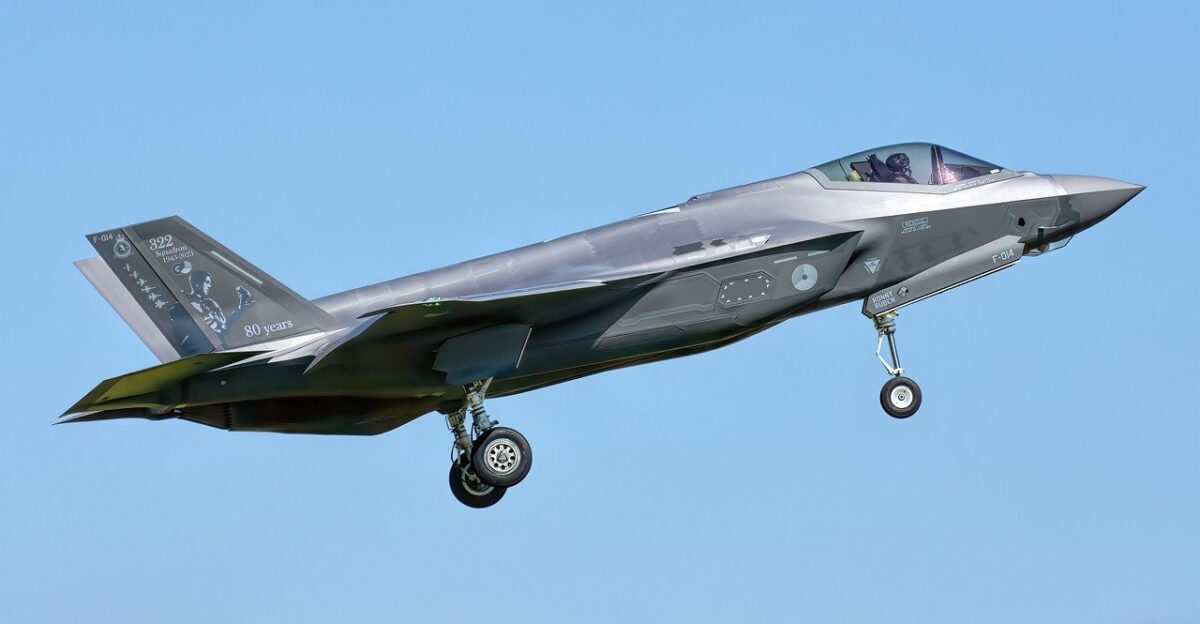
Invisibility until strike is the ultimate tactical advantage when Mach 3 fighters are launched from underwater submarines. Unnoticed by radar or satellites, submarines operate at depths ranging from a few hundred feet to thousands of feet. Subs’ launch capability circumvents early warning, in contrast to surface carriers’ requirement for runways that indicate intent. High-value targets can be quickly struck by supersonic jets, overpowering enemy air defenses based on early detection.
This combination causes uncertainty and necessitates the expensive dispersion of forces by upsetting the tactical calculations of the adversary. The ability to swiftly launch multidirectional sorties from unidentified underwater locations changes the deterrence balance by providing a fast-reaction, stealthy platform that is less susceptible to traditional countermeasures. The strategic playbook is expanded by this unseen but powerful force to keep up with rapidly changing threats.
Impact on Strategy and Psychology
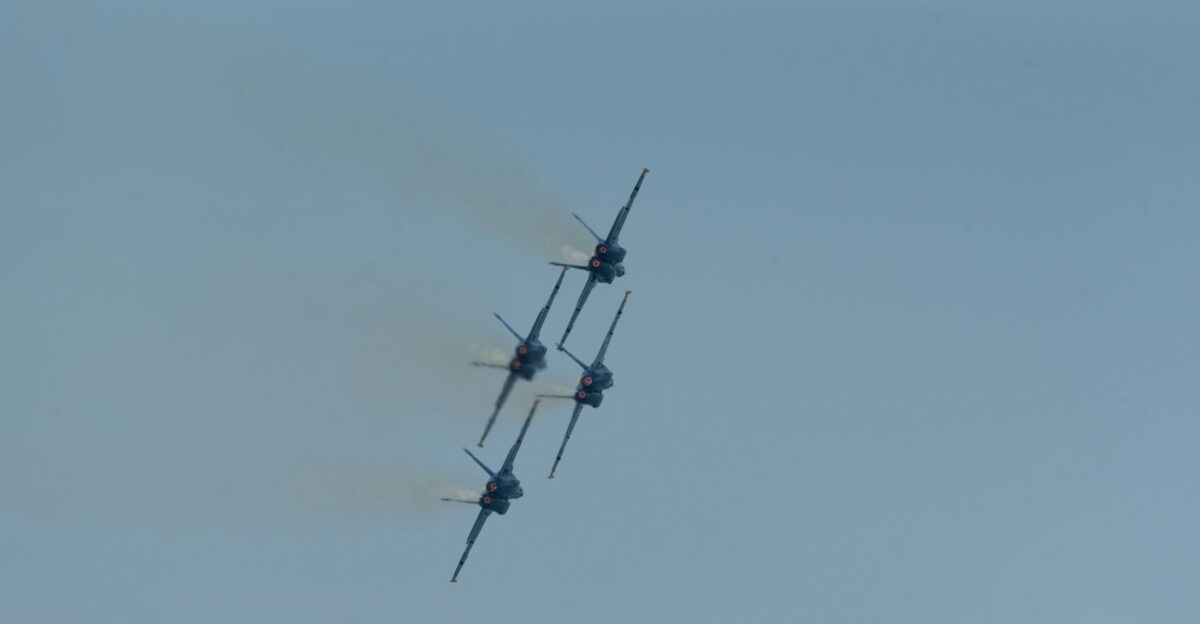
Mach 3 jets launched from the sea use psychological deterrence in addition to physical force. Vulnerabilities are frequently concealed by the outward manifestations of power; a secret nuclear or supersonic strike force causes enemies to remain fearful and distrustful. Opponents are constantly burdened with mental and material resources due to the lack of certainty regarding the subs’ locations and fighter launch readiness.
Deterrence has historically been strengthened by tension and uncertainty, such as during Cold War submarine patrols. The psychological edge reduces the chance of escalation, discourages aggression, and promotes strategic caution. Beyond just hardware specifications, the concept changes risk calculus and shapes future power dynamics by encapsulating sudden, unstoppable strike capability.
Technological Difficulties and Advancements
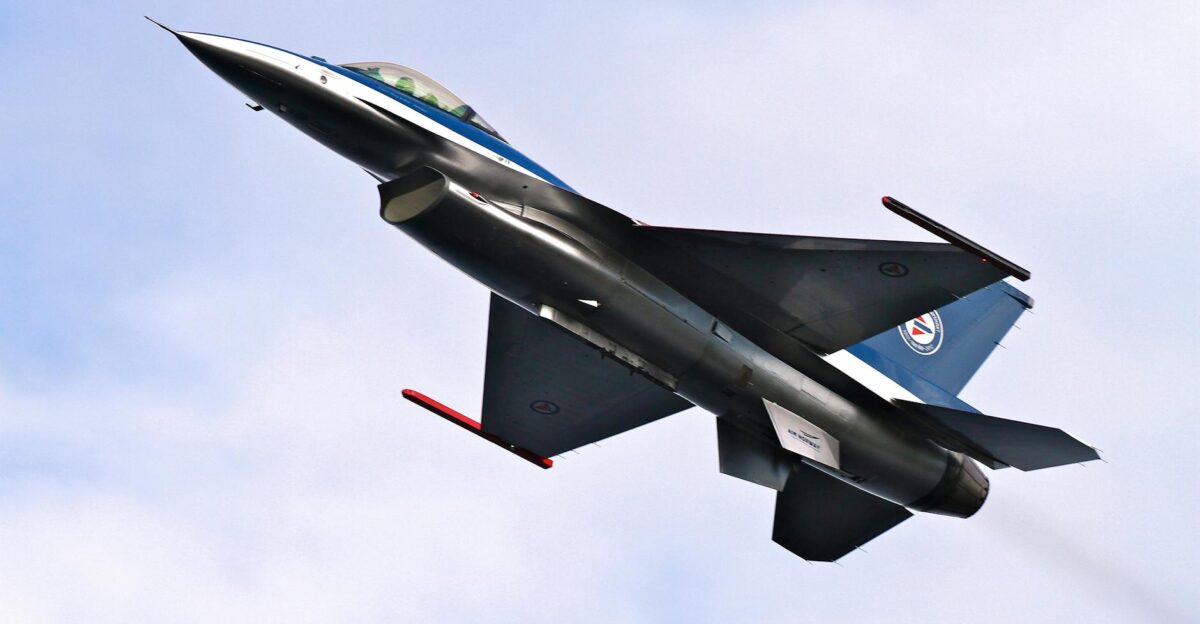
The launch of Mach 3 fighters from submarines presents significant engineering challenges. The aircraft, which frequently calls for tail-sitting jets or rocket sled-assisted takeoffs, must fit inside small missile tubes or hangars, launch vertically, and ideally land back precisely. Sea surface instability and pilot spatial disorientation during vertical landings make recovery more difficult.
However, these challenges are lessened by advances in gyrostabilization, AI-assisted piloting, and autonomous systems. Turnaround time is decreased by modular aircraft designs and low-maintenance electric propulsion. Space is maximized by folding jet wings and reusable booster sleds. To achieve perfect integration, the aerospace, naval engineering, and robotics sectors must work together across industries, allocate resources wisely, and conduct ongoing research and development.
Adaptation to Current Trends in Warfare
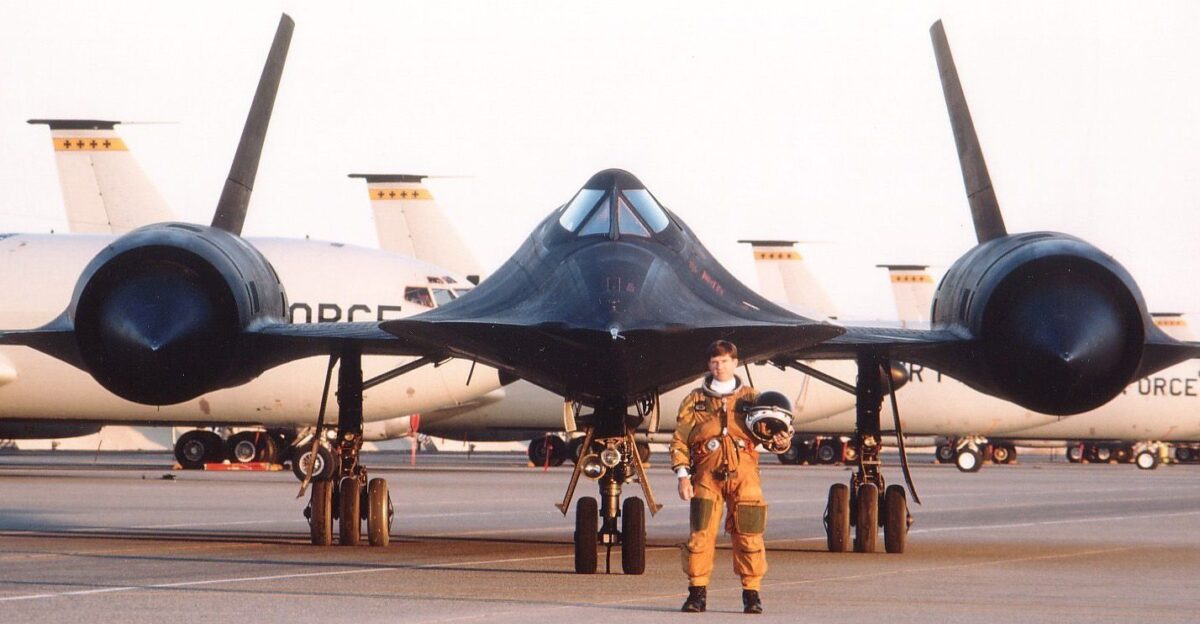
This capability is in line with more general trends in the modernization of warfare, such as multi-domain battle concepts, network-centric operations, and unmanned systems. Both manned fighters and uncrewed aerial vehicles (UAVs) can be launched from underwater launch platforms for precision strikes, intelligence gathering, surveillance, and reconnaissance.
Network-enabled jets launch coordinated attacks, integrate with satellites and surface fleets, and increase real-time battlespace awareness. Subs equipped with airborne assets combine the sea, air, and cyber domains into a deadly triad when paired with hypersonic weapons. Maintaining superiority in disputed areas like the North Atlantic or Indo-Pacific requires quick adaptation to new threats and geopolitical changes, which is made possible by the modular, upgradeable design of drones and submarines.
Allocation of Resources and Cost-Benefit
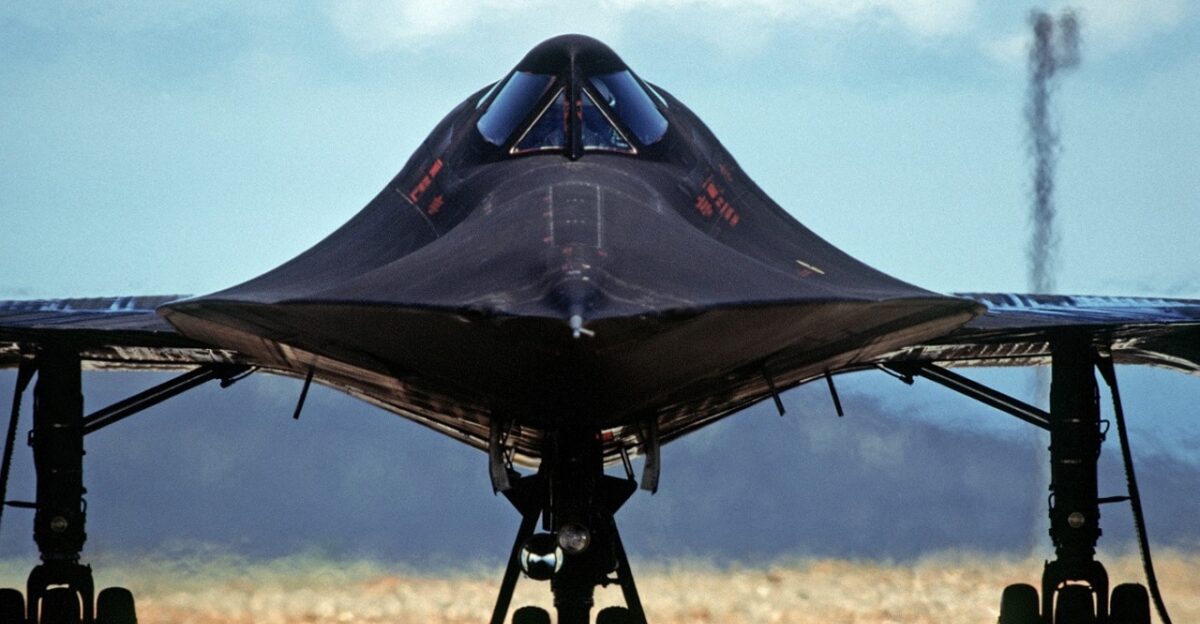
Cost and complexity are emphasized by critics, who point out that previous attempts failed because of costly construction and maintenance overruns. It is true that deploying conventional attack subs or aircraft carriers requires fewer resources than building and running specialized subs that can house and launch jets. However, deterrence value, force multiplication, and survivability offer a strategic return on investment that could avert expensive full-scale conflicts.
Cost trade-offs must take into account whether the first-strike advantage or quick regional dominance justifies expense, as well as how many strike-capable submarines replace or augment surface carriers and missile fleets. Compared to projects from the Cold War era, modern autonomous technology and modular design may result in lower life-cycle costs.
Analogies with Other Technologies
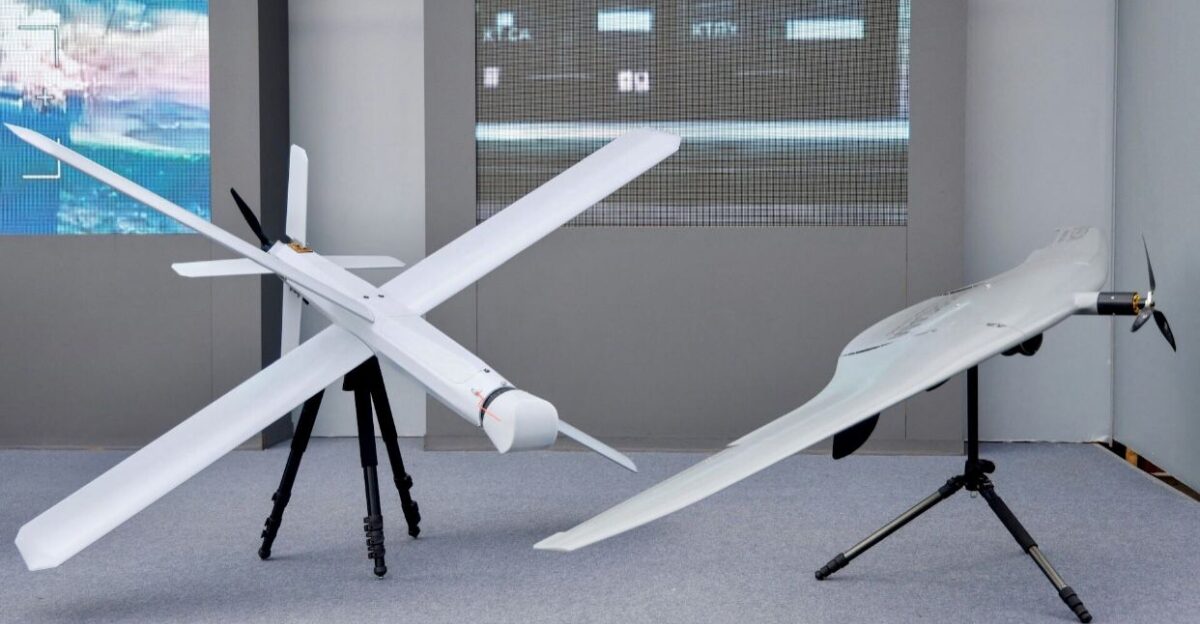
The concept needs to be evaluated against alternatives such as long-range strike drones, hypersonic missile platforms, and carrier-based stealth fighters. Although carrier jets are versatile, there are risks associated with targeting and detection. Although they are quick, hypersonic missiles are expensive, have a small payload, and have limited reusable use. In complex air combat, drone swarms lack human decision-making, speed, and maneuverability, but they are inexpensive and expendable.
High speed, payload, stealth, and reusability are all uniquely combined in underwater-launched Mach 3 fighters, but at the expense of operational and technological complexity. By augmenting strategic options across threat spectrums, this hybrid approach enhances rather than replaces current assets. Furthermore, these alternatives cannot match the unique operational surprise that comes with launching jets from submerged platforms, which offers crucial advantages in asymmetric conflicts.
Possible Second-Order Impacts—The Development of Naval Warfare
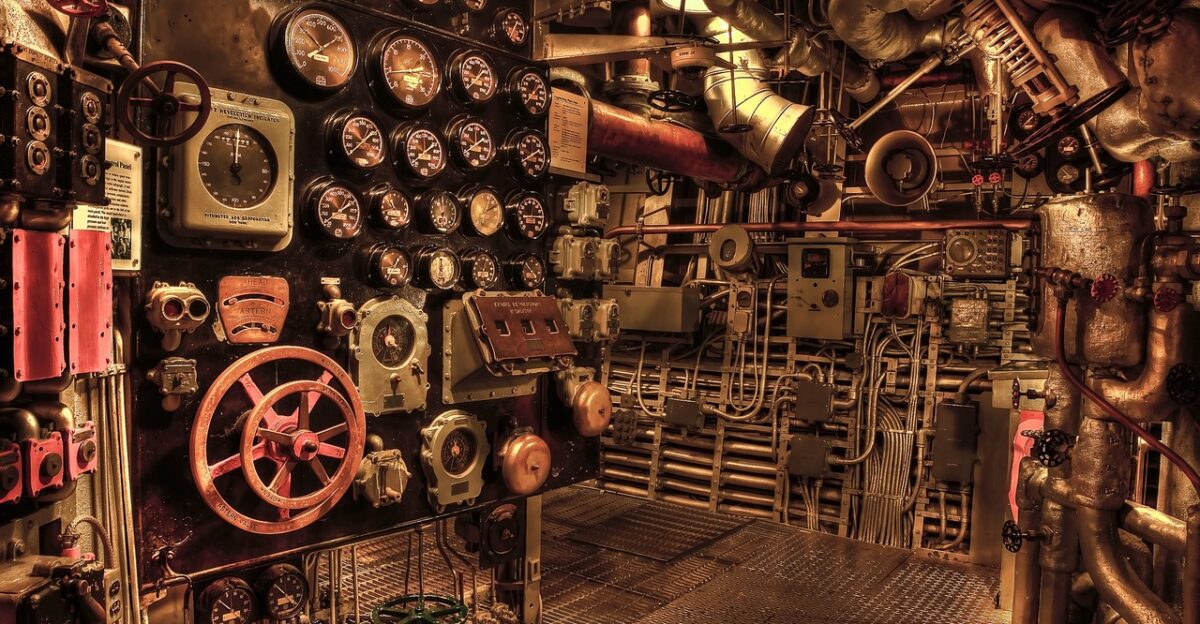
This capability could make naval warfare an even more intricate game of chess if it were put into practice. It is imperative that adversaries increase their investment in counter-fighter, anti-submarine warfare, and underwater detection technologies. It might lead to a new arms race centered on AI-enabled defense nets, deeper sonar arrays, and hypersonic submarines.
Alliances, patrol tactics, and fleet compositions are all altered by the necessity to defend or destroy these stealth launchers. The roles of the Navy and Air Force might become more hazy as a result of the new joint training and doctrinal integration required of submarine pilots and air combat tacticians. For quick sub-to-air operations, command structures, maintenance, and logistics must change. These structural modifications have an impact on international security, military spending, and procurement. This relationship may result in a radical change in maritime strategy.
The “Triad of Convert High-Speed Strike”
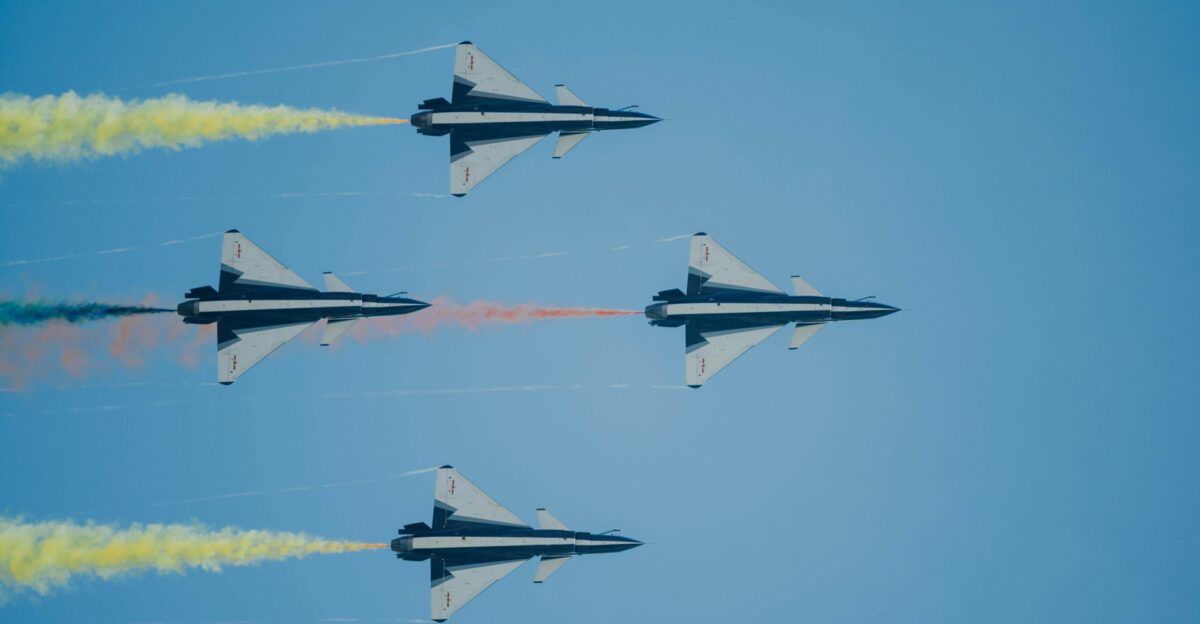
By combining networked battlefield control, hypersonic flight, and subsurface stealth, this strategy suggests a new operational model called the Covert High-Speed Strike Triad. Each element amplifies the others; advanced networking synchronizes operations across domains, Mach 3 jets offer a quick, adaptable strike, and submarines conceal presence. Conventional limitations where air or sea power acts independently are challenged by this triad.
Instead, it generates multiple strategic options, making adversaries simultaneously defend against surprise from below and above. This framework explains why these investments represent a qualitative shift in engagement and deterrence, surpassing incremental improvements. Additionally, it creates opportunities for future developments that combine integrated operational planning, AI decision-making algorithms, and quantum communications.
AN-1 as the Lesson and Blueprint

The early Cold War Boeing AN-1 design is a prime example of the potential and difficulty. It was designed to deploy all eight vertical-launch fighters on rocket sleds in 7.5 minutes and had two hangars for them. Its goals were Mach 3 speed and nuclear-powered sustained deep-ocean operation. From gyrostabilized launch decks to folding wings and pilot training in vertical landing controls, AN-1 demonstrated how integration requires precise engineering even though it was never built.
Cost, complexity, and vulnerability caused the project to fail when it first surfaced, but new interest is attempting to overcome these issues with advanced AI and unmanned systems, demonstrating that reusing old designs with contemporary technology can overcome constraints.
Payload and Speed Multipliers
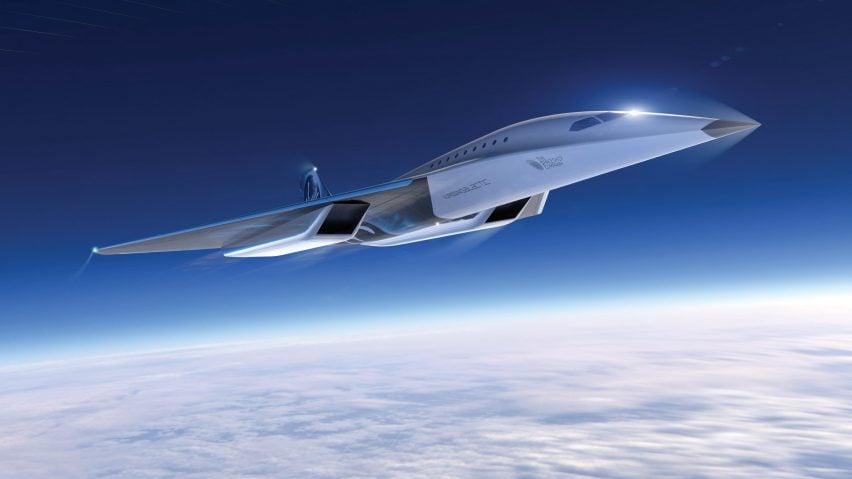
Mach 3 speed triples the speed of a typical supersonic jet, allowing for lightning-fast reaction and strike in previously inaccessible contested zones. Such jets’ payload capacity can accommodate small hypersonic missiles, electronic warfare tools, and contemporary precision-guided munitions. Launching from submarines enables evading enemy air defenses and radar coverage. By transforming submarines from passive stealth platforms into active force projection nodes with deadly synergy, the capacity to sortie 160 missions from a single submarine platform significantly increases operational reach and impact.
The effectiveness of area-denial and power projection is redefined by such force density in a compact footprint. Force deployment concepts are fundamentally altered by this significant increase in sortie generation capability, which makes it possible to respond quickly to new threats anywhere in the world.
Dangers of Excessive Complexity
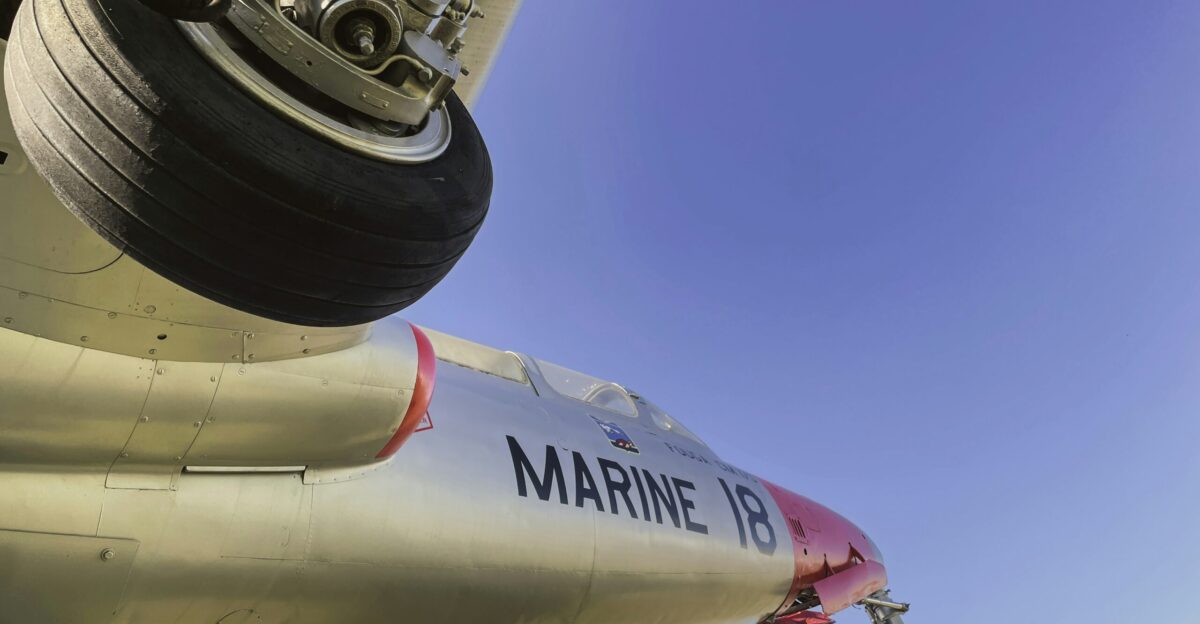
Critics caution against overengineering despite the promise. Increasing subsystem complexity puts dependability at risk, increasing the likelihood of a disastrous underwater launch or jet recovery failure. Despite stealth, facing to launch reveals windows that are vulnerable. High operational tempo increases personnel risks by requiring complex maintenance and training. There is a risk that money will be taken away from more reliable and adaptable sea-air assets.
If enemies quickly create countermeasures that destroy the subs before they launch jets, strategic vulnerability could result, making the investment pointless. Therefore, a well-rounded strategy that simultaneously prioritizes drone, missile, and cyber defense is still crucial. This point of view stresses incremental rather than revolutionary capability development and exhorts defense planners to refrain from technological hubris.
Cross-Sector Innovation

Development necessitates the combination of AI-powered automation, naval engineering resilience, and aerospace agility. Collaborations can span traditional defense contractors, AI startups, materials scientists, and precision logistics firms. Prototyping can be accelerated by advancements in 3D printing, drone technology, and battery chemistry. Challenges with vertical launch and recovery may be influenced by lessons learned from commercial vertical takeoff and landing (VTOL) urban air mobility programs.
These unanticipated mashups inspire innovations that go beyond minor tweaks, creating flexible, upgradeable platforms that can change to meet new threats and technological trends. Cross-fertilization of ideas is encouraged by this integration, leading to disruptive technologies that significantly expand defense capabilities.
Psychological Instruction for UAV Operators and Pilots

Specialized cognitive training is needed to operate vertical launch/recovery from submarines or pilot tail-sitter jets. Advanced simulation and psychological fortitude are required to handle spatial disorientation, upside-down landings, and quick decision-making under pressure.
Operators can be prepared for these harsh circumstances by integrating AI co-pilots and improving virtual reality training. It is essential to comprehend human factors because poor human performance could negate the benefits of technology. Programs that incorporate ergonomic design, psychology, and neurology seek to maximize operator safety and efficiency, guaranteeing human-machine symbiosis in this high-stakes setting. Continuous monitoring and improved crew resource management strategies may lower operational errors even more, improving mission success rates under duress.
Geopolitical and Environmental Consequences

Such submarines could cause diplomatic and environmental issues if they are deployed worldwide. Ecological disruption from underwater operations is a risk that necessitates thorough impact analyses. Treaty compliance is necessary for launch zones, transit through international waters, and strategic bases in order to prevent escalation. On the other hand, by creating uncertainty, this covert ability could deter aggression and stabilize conflict.
Countries may attempt to create or oppose comparable technology, impacting alliances and arms control dynamics. Technology’s dual-use nature may draw regulatory attention, but it may also spark international discussions about potential frameworks for air and underwater security in the future. To strike a balance between modernizing defenses and practicing responsible ocean stewardship, environmental monitoring technologies and international collaboration will be essential.
Rapid Response Network Submerged
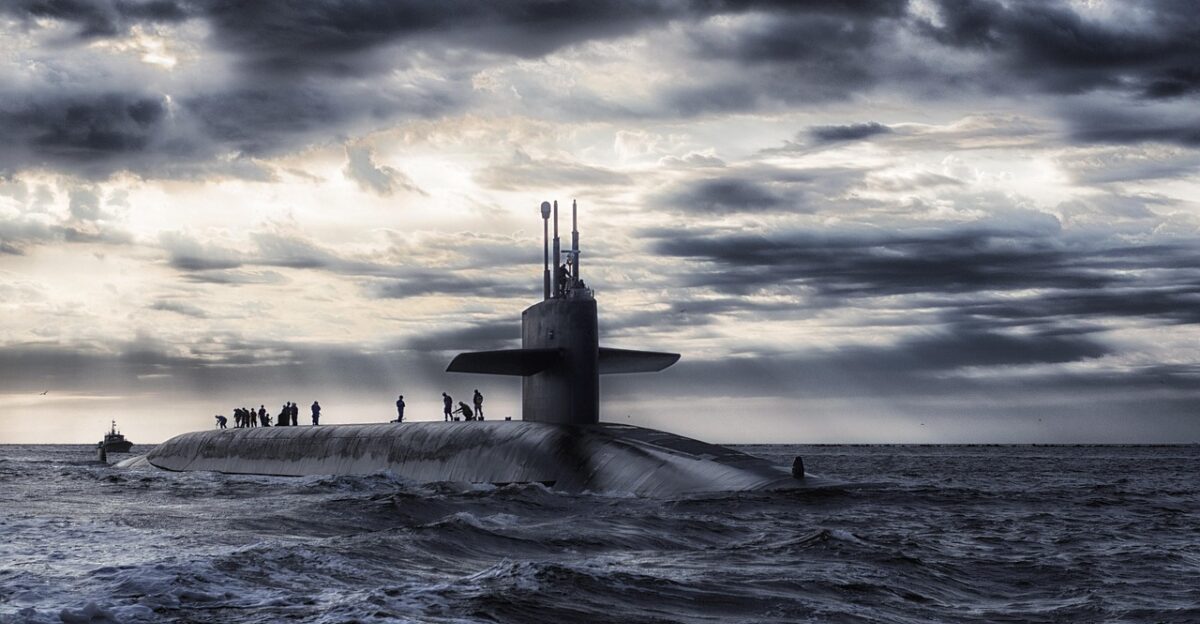
Using groups of these submarines as a submerged rapid response network and keeping a constant worldwide presence to enable surprise power projection anywhere is one theoretical theory that has not been confirmed. This force, which is linked by underwater relay nodes and quantum-encrypted communication satellites, serves as both a shield and a spear, discouraging aggression with the threat of immediate attack.
When paired with AI predictive analytics, it foresees emergencies and plans accurate responses. Although hypothetical, combining real-time data with underwater stealth and hypersonic flight could change military strategy from reactive to proactive global governance. The idea conjures up images of futuristic defense architectures that combine several cutting-edge fields to produce previously unheard-of security and deterrence paradigms.
Geopolitical Competition and Dissuasion
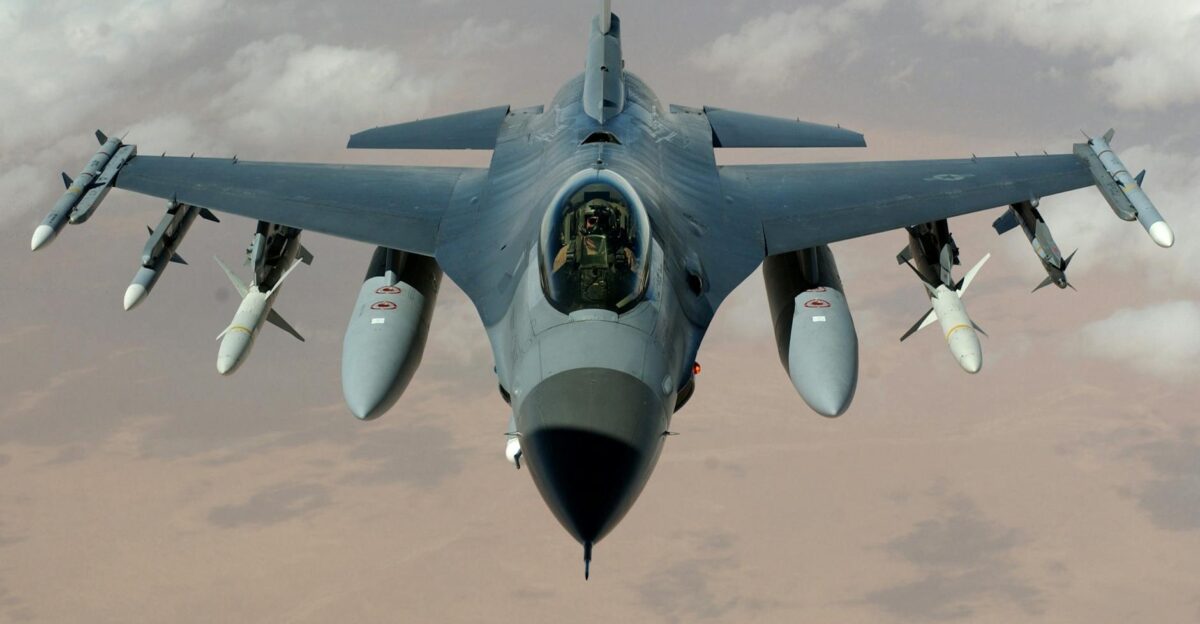
The geopolitical environment that propels these innovations is heightened great power competition, particularly between the United States, China, and Russia. In the Indo-Pacific and Arctic, maritime dominance is becoming more and more dependent on technological prowess and cunning. Mach 3 fighters mounted on submarines could quickly and stealthily destroy enemy aircraft carriers, missile platforms, and vital infrastructure. Rival powers are under pressure to match capabilities or risk strategic marginalization as a result of this escalation.
Credible first- and second-strike and second-strike options are essential for effective deterrence; the U.S. deterrent arsenal has a potent new weapon in the form of the underwater fighter launch, which may help steer future conflicts away from kinetic conflict. This dynamic is a prime example of how technology adjusts capabilities and threat perceptions to promote strategic stability.
Conclusion
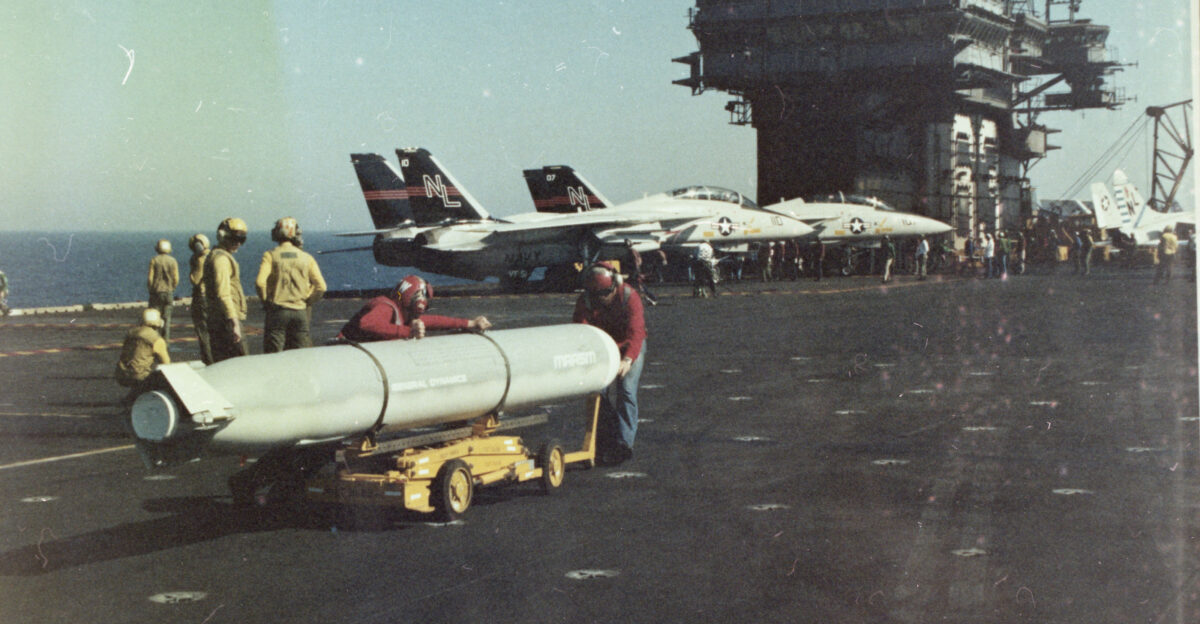
The United States’ proposal to launch Mach 3 fighter jets from underwater submarines represents a daring fusion of modern technology and strategic vision with antiquated Cold War concepts. The ability to project swift, stealthy, high-speed air power worldwide, despite significant obstacles, signifies a paradigm shift in naval warfare and deterrence. This ability makes use of special tactical, strategic, and psychological advantages that have the potential to change the balance of power in geopolitics.
Advances in artificial intelligence, materials science, and unmanned systems make the idea a reality. To properly and successfully realize its full potential in the changing security environment, however, balanced investment, global diplomacy, and thorough human factors training are still essential. Future events could also reshape maritime operational doctrines and spark new discussions on arms control, which would influence the direction of international security governance more broadly.